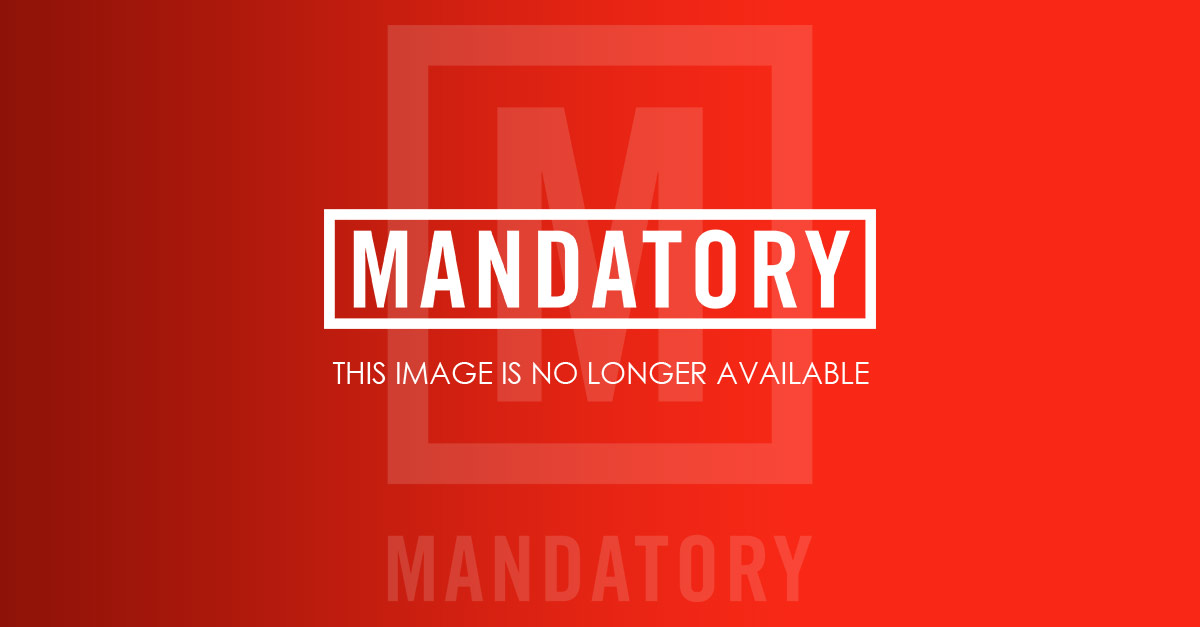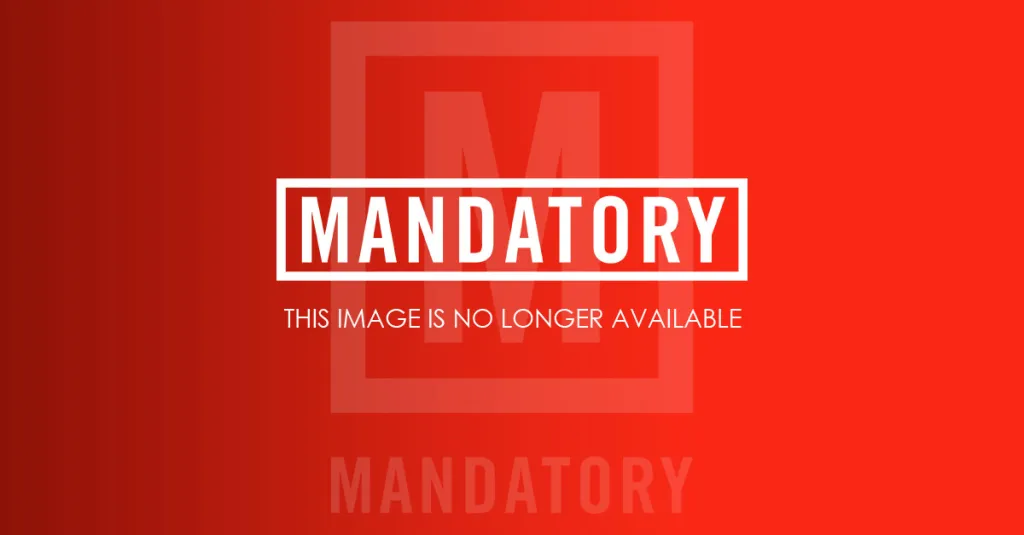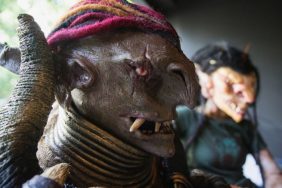When we hear the cry of hatred in the black, inky void of the Internet, we are there. When we hear someone pooh-poohing a widely derided movie, we are there. Whenever a general fan consensus arises, and that consensus declares a film to be indefensible, we are there. We are Trolling, boys and girls, and we’re here to shield the films you think you hate. This week, we’;re tackling one of the more notorious feature films of the 2000s. We’re going to be looking at Dungeons & Dragons.
Whatever you think of Gary Gygax’s famous 1974 role-playing game Dungeons & Dragons – you could be indifferent to it, dismissive of it, or a passionate acolyte – you all likely agree that the 2000 feature film version of the game is pretty terrible. Director Courtney Solomon attempted to capture an actual D&D session on film, teaming up a ragtag group of hip-talking rascals, and pitting them against an evil mage (played by Jeremy Irons) with dreams of conquering the kingdom of Izmir with enslaved dragons. The film was instantly hated by fans and critics alike (it enjoys a mere 10% approval rating on Rotten Tomatoes), and it was a financial failure.
And the ensuing years have not been kind. Dungeons & Dragons has, since 2000, sauntered even further downward in fan esteem, leaving it somewhere around Batman & Robin and The Last Airbender as one of the single most loathed geek films in cinematic history.
This, of course, is ripe material for Trolling. We see a wounded animal, and we leap to its defense. Every other week, we turn the negative into the positive. And, looking back, there are plenty of positives in the world of Dungeons & Dragons. Indeed, one might say Dungeons & Dragons RULES. Let’s look into a few reasons why.
Yes, the special effects look cheap. Yes, some of the acting is a little obnoxious. And yes, I agree that Marlon Wayans was way miscast as the funny sidekick. But there is a sense of playful, wacky fun in Dungeons & Dragons that doesn’t get touted nearly enough. People complain that it failed to capture the tone of the game. I would argue that every D&D game is going to be a little different, and that this film could easily be a game enjoyed on a Sunday afternoon in your friends’ parents’ basement.
Until next week, let the hate mail flow.
Witney Seibold is a commentator at Nerdist, a contributor to the CraveOnline Film Channel, and co-host of The B-Movies Podcast. You can read his weekly Trolling articles here on Crave, and follow him on “Twitter” at @WitneySeibold, where he is slowly losing his mind.
Dungeons & Dragons RULES
-
Jeremy Irons is Terrific

One only has to watch him for a few moments to see that Jeremy Irons is having a ball in this movie. Irons' popular strengths tend to skew toward the menacing (although he is also good at crippling pathos), and his deep voice has him often cast as heavies. This is the first movie in his career, however, where he really let fly with the cartoonish over-the-top villainy. He gets to chew scenery, declare his dialogue, and cackle like a supervillain. It's a joy to see, and makes the film fun to watch.
-
The Music is Great

Hummable theme songs in movies are largely extinct in the modern age. Seriously, when was the last time you left a movie humming its music? Justin Caine Burnet, Dungeons & Dragons' composer, managed to compose a few catchy, bold, and adventurous themes for this medieval jaunt. The music itself elevates the film, as all good movie music ought to. Listen to the soundtrack sometime, and hear what you likely missed the first time.
-
It Captures the Game

Dungeons & Dragons is an RPG, which means that the players get to do much of the decision-making when it comes to their adventures. Each player also gets to design their own in-game character. D&D games, then, are patchwork affairs, accommodating a wide variety of personalities and situations into a single event. The movie, by featuring a ragtag group of misfits, captures that very thing. The characters sound like bickering players, lending an air of game-inspired authenticity to the movie. One could play a D&D game very much like this film.
-
It Has a Good Look

I can't say that the film doesn't look cheap; the budget was smaller than anyone wanted, but I can say that some of the visuals were striking and creative. There is a scene of dragons being shot out of the sky and impaled on spires, which is pretty fun. I liked the maze sequence with Richard O'Brien, and the costumes are pretty cool overall; I'm especially fond of Thora Birch's queen outfit. Great machines grind and groan in the background of certain scenes. It's not gorgeous, but it has an aesthetic, which is more than I can say for some other, more expensive movies.
-
It Has a Good Message

The bad guys in this film are all mages. They all want the same thing: To rule over the kingdom. They all agree. They all dress alike, and they all have the same profession. The heroes, conversely, are all different. They are variously talented, all want different things, and work well together as a unit. At its heart, then, Dungeons & Dragons is about the strength of diversity overcoming the evils of conformity. This is a simple message, and one we've seen in many other movies, but it works well here because the heroes are so diverse. I appreciate my adventure films to be about something, and Dungeons & Dragons has a little something going on.
-
Silly Isn't Bad

The trend when making adventure films for teens (and, make no mistake, the bulk of mainstream adventure films are made for teens), the tendency of the filmmakers is to make them “dark” and “serious.” I would like to argue for the health of adjectives like “fun” and “funny” and “silly.” In recent years, we've entirely lost our sense of self-awareness, and all action films have lost all their winking playfulness, opting to be somber, depressing films at their hearts. So when a film like Dungeons & Dragons can come along and give us something that is actually upbeat, possessed of some intentionally dumb dialogue, and plays silly, it's a reason to smile. Dark does not equal better. Silly, however, can.








